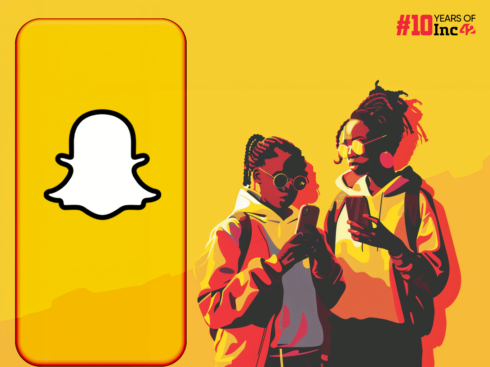
SUMMARY
Video streaming got its steroid during the initial faces of lockdowns imposed worldwide
Apart from unique content, people preferred OTT platforms because of the ad-free experience
The global media and entertainment industry will unlock new technology frontiers, led by Augmented and Virtual Reality
The media and entertainment industry is often the one that stays in tune with digital disruption and 2020 is no different. The speed of digital adoption for consumers is expedited this year, all thanks to the lockdown and the resultant work from home. Here are some big shifts expected in the industry in the coming days:
Demand Side Trends
D2C Video Streaming
Video streaming got its steroid during the initial faces of lockdowns imposed worldwide. As people stayed at home, they looked for diverse, meaningful, and quality video content. The change even triggered a downfall in the Pay-TV subscription for US customers.
OTT platforms such as Netflix and Amazon Prime offered the diversity of choices and cross-platform compatibility that TV viewers had not experienced earlier. The result was also streaming warfare. In the Digital media industry, Disney was the first to retract its content from Netflix and offer it in a D2C channel through its pet project Disney+. The move defined the trend of largest media houses receding content and hitting third party applications hard and brutally.
Ad-Driven Viewing Experience
Apart from unique content, people preferred OTT platforms because of the ad-free experience. The volume of consumable content increased and made retaining users easier. But with the top studios turning to video streaming, ad-supported content is expected to return soon. This is partly due to the pitfall of keeping subscription fees competitive.
Ad-supported videos are already popular in markets like India and China. However, in the US, platforms must curate enough user data for targeted advertising. Inn all, platforms will look to collect or refine every bit of data to deliver ‘not annoying’ ads.
Data Privacy And Security
A study conducted by Futurum Research in partnership with SAS Software revealed that the media industry was one of the most distrusted by customers when it came to guarding user data. Moreover, 61% of respondents felt they had no control over how their data was used by the vendor. Media houses need to toe the line for transparent data collection applications with which to assure the customer of data security.
For instance, the European Union’s GDPR reforms allow customers the right to be forgotten after they have discontinued a particular business, having submitted personal information initially. Much of this will play out soon as well, if only with added refinement.
Content Personalization
There are deeper levels to customer relationship management than sending emoji-fied emails every now and then. Millennials and Gen-Z want services personalized to their tastes. This paves way for even more sophisticated Artificial Intelligence and Machine Learning algorithms to predict user behavior.
Therefore, do not be surprised when you see a media tech company dive deep into AI and sharpen the edges around streaming service applications.
Supply-Side Trends
Augmented And Virtual Reality (AR/VR)
The global media and entertainment industry will unlock new technology frontiers, led by Augmented and Virtual Reality. The past few years have seen much hype but less adoption of AR/VR. But that was a consequence of the price-barrier of standalone AR/VR devices, which is also beginning to get pocket-friendly. Smartphones have crossed the inflection point in AR adoption with most models supporting AR content.
Esports Broadcasting
The entertainment app development sphere is galvanizing its priorities as the worldwide eSports revenues are expected to hit $1 billion by the end of 2020. The lion’s share of this money will be from sponsorships ($614.9 million) and media rights ($176.2 million). Nevertheless, gaming events will be the center of attention for displaying the latest in AR/VR. Moreover, Legalized Sports Betting will benefit from the incoming 5G technology. This is one of the reasons the US has 5G towers popping up at sports stadiums and related venues that will be a hotbed for placing bets. Entertainment software development can be easily turned in this direction to foster app creation.
Artificial Intelligence
AI’s predictive powers are influencing television, animation, VFX, Out-of-Home advertising (OOH), radio, and much more. M&E companies hold a huge repository of user data. This data could often be unstructured, say, a mound of haystack waiting to be made sense out of. AI has added a cognitive, human-like dimension to mining and saturating this unstructured data. Engineers are using AI, ML, and Natural Language Processing to consolidate a company’s predictive capacity to forecast user engagement with the content. This Targeted efficiency leads to better monetization opportunities.
The above trends and a whole lot more make up for digital innovation in the coming days. In a nutshell, the sector is poised to see many unprecedented changes. Needless to say, the consumer will continue to be the king.


























